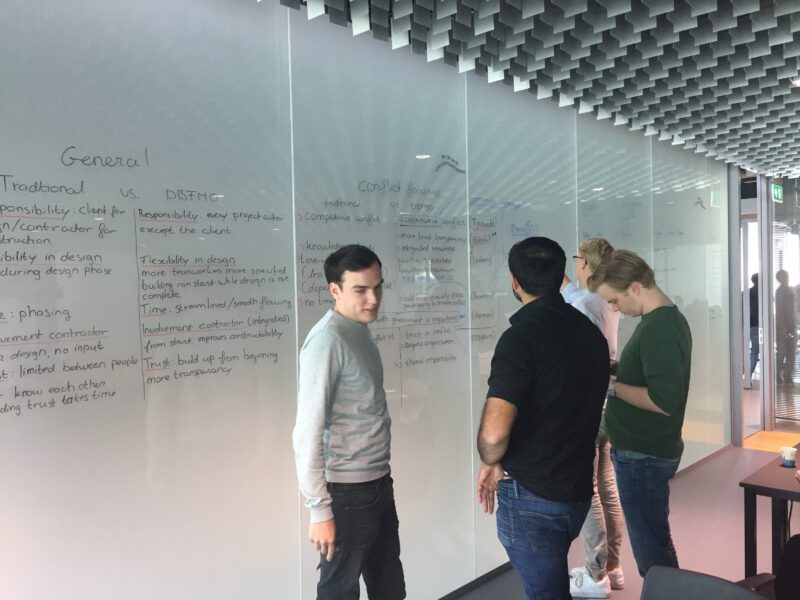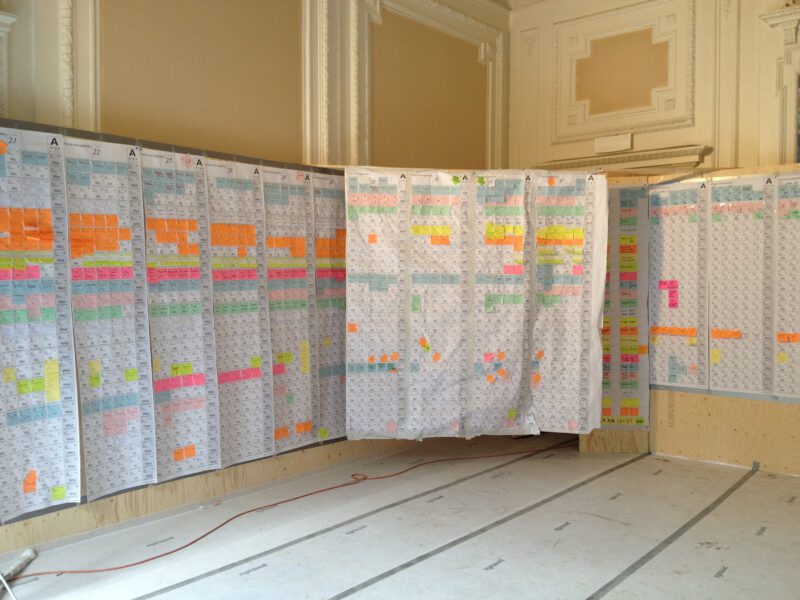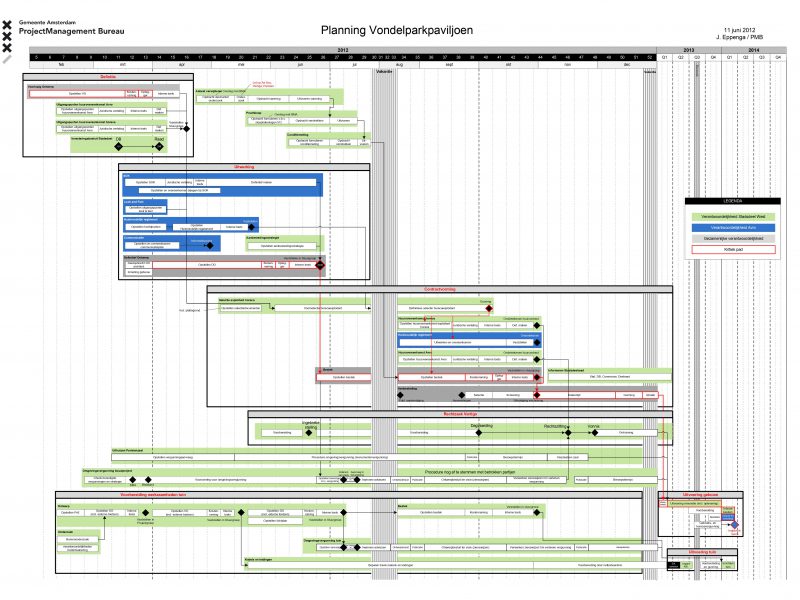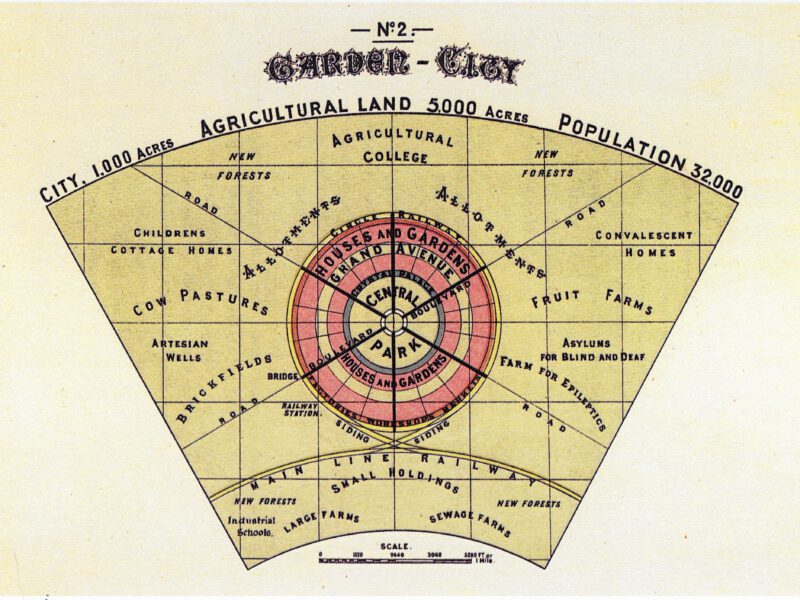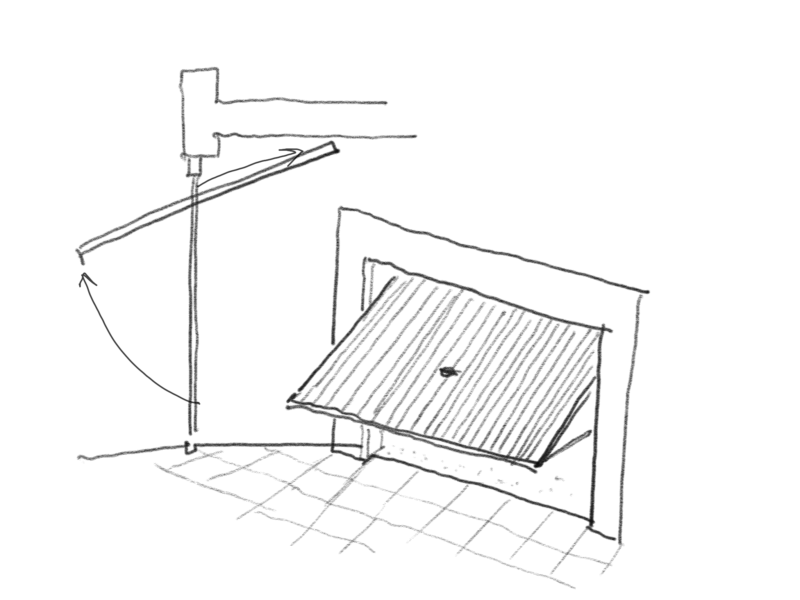 I am on holiday and biking from Prague to Amsterdam. ?Plenty of the time to reflect on our redesign course. (Actually being very interested about students reflection as well)?
I am on holiday and biking from Prague to Amsterdam. ?Plenty of the time to reflect on our redesign course. (Actually being very interested about students reflection as well)?
My reflection is about an expression, often used by project developers, brokers and bankers, in Rotterdam also used by the municipality: location, location, location.
Let’s call it Triple L.
Triple L is about opportunity. About the fact that the best locations give the best opportunity to redevelop, have the less risks and the highest possible profits. Big money always flows to the Triple L like shown by Amsterdam Zuidas and Rotterdam Central Business District.
During course I noticed that this notion leads to a slightly narrow view blocking free thinking about more holistic strategies; by students as well as teachers.
Let’s discuss this and look to the Weena Point case from a different perspective.
First let’s try to answer the question who owns the Location??The location? Yes I know, the developer, who bought the site and the buildings owns it; legally. But who owns the city morally and historically? Yes! The people of Rotterdam, the inhabitants, the users, the people living, working and playing there and going out to enjoy and shop.
Above that, cities are shaped through ages of design, development and investments by the city?s administration, through politics and through thousands of investments by our ancestors. For instance the metro, the train, the magnificent station and Groothandelsgebouw and all its infrastructure define the place, giving it an excellent basis for new opportunities.
History shapes a city and that is why Weena is a Triple L location.
Triple L is not the merit of the developer in the first place, but of history and the people living there.
The next question
If the location is given to the developer what’s given back to the city and its people? At first the developer paid the price for the buildings and the ground. But he paid it to the former owner and that is probably not the city or its inhabitants. Besides that, he has to pay “air rights” to the city for the additional building volume he adds to the area. But is that enough?
For the developer this is it. This is how it works in our capitalist world.
But still, is it enough? And is it helping the city and its inhabitants? I think this is relevant question and not answered by the price alone.
For a livable, diverse, attractive, safe, sustainable, green, equal, just (and so on) city – the aim of the municipality, the wish of its inhabitants – you would expect more. And you need to expect more! But what?
Social housing? Mixed use? Lively plinths? Energy producing buildings? Affordable prices? The use of sustainable materials? Demolishing the ugly parking garage? taking care of the surrounding area and buildings? Something else?
Maybe, if we really want to add value to a city, a step beyond has to be made. Something extra is needed than only ?the price? or the market value. Because, I don?t think, when only looking to the price, making spreadsheets and calculations, real sustainable cities can be made. For a more holistic view we have to step out of the narrow financial boundaries and start thinking open and free to find the real solutions for the future of cities.
I want to reason on. If this post is going to be a little to long, I am sorry.
I want to add another argument.
In the Netherlands thousands of old and new office buildings are empty and there will be no tenants for them in the future. These buildings will need refit, another function or to be demolished. By adding vast amounts of new office space, like the CBD of Rotterdam and the Zuidas in Amsterdam (triple L places where the money flows to) where companies will move to, leaving office space empty on less popular places in towns and neighborhoods, causing decline and pauperization especially in the saturated market of office buildings.
Is it strange to demand compensation for these deteriorating neighborhoods?
Is it, in a free market, the task of the municipality? Or should it be a task of the developers? Or should it be part of their negotiations, resulting in contractual zoning plan(s) and included the price of the air rights?
I like to refer to the article in the Guardian containing the following paragraph: ?Municipalities have, over the last two decades, spent their resources rather differently, on the construction of a discursive space of urban neo-mercantilism. In forums and platforms, politicians, consultants and academics regularly meet to rework ideas from Glaeser or Florida into a new marketing message through which each city can promote itself, and indirectly serve citizen interests. Hence the many copies of New York?s hugely successful city marketing strategy, I?NY, with elected politicians and unelected officials committing taxpayers? money to back developers betting on rising land and property prices as they build everything but social housing?.
I think the Guardian is right. What do you think?
Read the whole article: Here.

